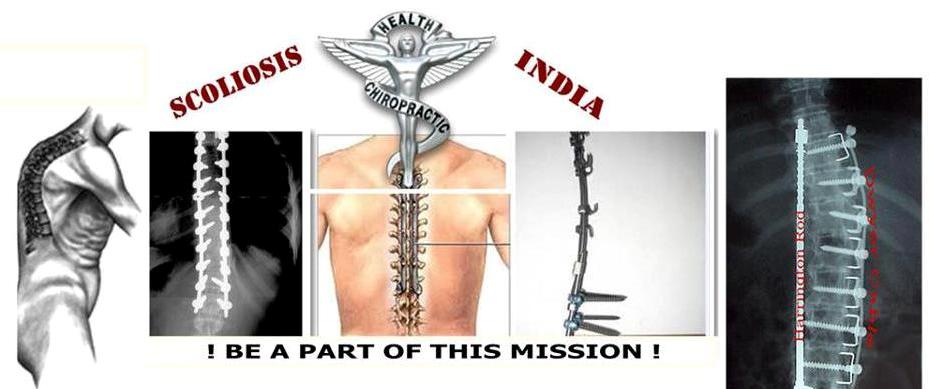Retrospective analysis. To demonstrate the
effectiveness of hook-rod constructs in closing thoracic osteotomies
safely and effectively. of Data. The outcomes of hook-rod
instrumentation in osteotomies for the correction of kyphosis at the
lumbar region of the spine have been described. Little literature exists
on the outcomes at the thoracic level. Methods.
The radiographs and clinical scores of 38 patients who underwent pedicle subtraction osteotomy or Smith-Petersen osteotomy in the thoracic spine with the osteotomies closed using a central rod were retrospectively reviewed. Measurements included osteotomy angle, thoracic kyphosis (T2–T12), and maximum kyphosis.
Perioperative and long-term complications were reviewed. Thirty-eight patients underwent thoracic level osteotomies. There were 8 males and 30 females with a mean age of 51.9 years (range, 18–76 yr) at the time of surgery. The mean construct length was 13.2 levels (4–25). Kyphosis correction was equal in the 2 groups.
In the pedicle subtraction osteotomy group, a mean of 24.7° (4°–47°) correction was obtained through the osteotomies compared with 24.0° (9°–65°) in the Smith-Petersen osteotomy group. Correction per osteotomy was 23.7° (4°–47°) in the pedicle subtraction osteotomy group compared with 11.8° (2.8°–46.0°) in the Smith-Petersen osteotomy group.
No difference in the amount of correction achieved at the different regions of the thoracic spine was observed with either type of osteotomy with central rod closure. Central hook-rod constructs provide a safe and effective means of closing thoracic osteotomies and result in good correction of rigid sagittal plane deformities. Level of Evidence: 4.
Source : Science Index , 29th June 2014
The radiographs and clinical scores of 38 patients who underwent pedicle subtraction osteotomy or Smith-Petersen osteotomy in the thoracic spine with the osteotomies closed using a central rod were retrospectively reviewed. Measurements included osteotomy angle, thoracic kyphosis (T2–T12), and maximum kyphosis.
Perioperative and long-term complications were reviewed. Thirty-eight patients underwent thoracic level osteotomies. There were 8 males and 30 females with a mean age of 51.9 years (range, 18–76 yr) at the time of surgery. The mean construct length was 13.2 levels (4–25). Kyphosis correction was equal in the 2 groups.
In the pedicle subtraction osteotomy group, a mean of 24.7° (4°–47°) correction was obtained through the osteotomies compared with 24.0° (9°–65°) in the Smith-Petersen osteotomy group. Correction per osteotomy was 23.7° (4°–47°) in the pedicle subtraction osteotomy group compared with 11.8° (2.8°–46.0°) in the Smith-Petersen osteotomy group.
No difference in the amount of correction achieved at the different regions of the thoracic spine was observed with either type of osteotomy with central rod closure. Central hook-rod constructs provide a safe and effective means of closing thoracic osteotomies and result in good correction of rigid sagittal plane deformities. Level of Evidence: 4.
Source : Science Index , 29th June 2014

No comments:
Post a Comment